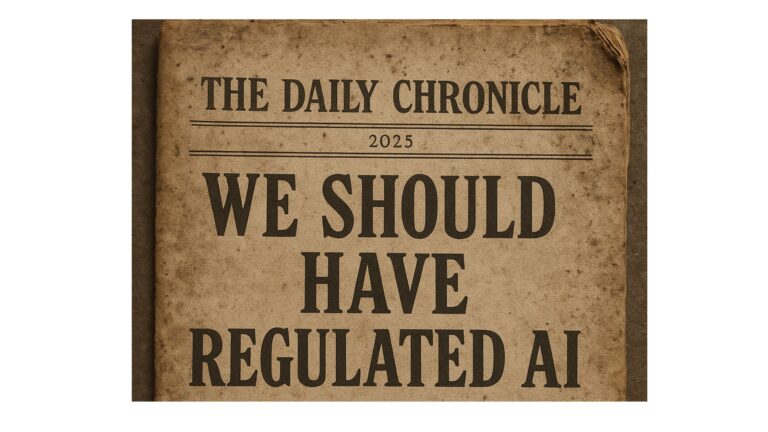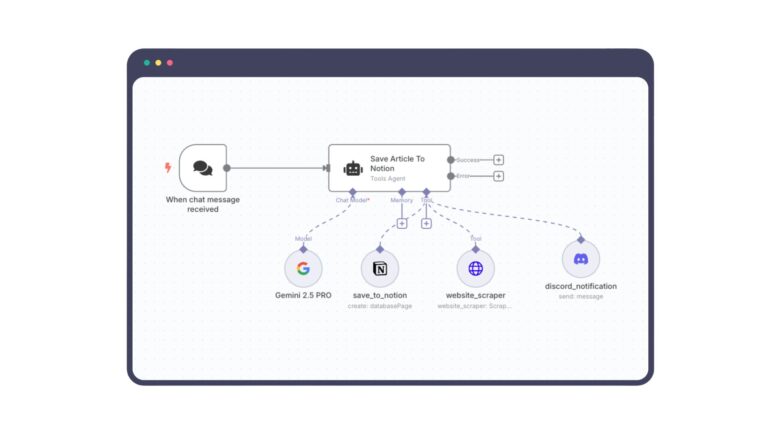According to HIPPA Journal, Several major healthcare cyber attacks have been reported in the first half of 2024, including a ransomware attack and a ransomware attack on Change Healthcare that caused massive disruption. (Source – HIPPA Journal)
Data breaches in health tech pose severe risks, including compromised patient trust, legal penalties, and operational disruptions. The sensitive nature of health data makes this industry a prime target for cyberattacks, especially ransomware and insider threats.
Common breach scenarios in health tech.
- Ransomware Attacks:
- Attackers encrypt critical patient data and demand ransom for decryption, crippling healthcare operations.. In these attacks, ransomware groups steal vast amounts of sensitive data. If the ransom is not paid, the data is leaked or sold to other threat actors and is used for a multitude of nefarious purposes.
- Phishing and Credential Theft:
- Employees unknowingly provide access credentials to attackers via deceptive emails or links, leading to unauthorized access to patient databases.
- Insider Threats:
- Disgruntled employees or negligent contractors misuse privileged access, leaking sensitive health data.
- Third-Party Breaches:
- Vulnerabilities in vendor systems integrated with health tech solutions lead to indirect breaches affecting patient data.
Case study: Handling a ransomware attack on a health tech startup
A health tech startup providing remote monitoring solutions faced a ransomware attack. Attackers encrypted their database containing patient health records and demanded $250,000 in cryptocurrency for data recovery.
To contain the incident, the organization Disconnected affected systems from the network to prevent further spread of the ransomware and activated a pre-established incident response plan engaging cybersecurity experts. Investigation and Root Cause Analysis revealed the entry point was a phishing email opened by an employee and assessed the extent of data encrypted and possible exfiltration.
In Compliance with breach notification laws, the breach was reported to authorities and involved legal counsel to navigate breach notification laws. The affected patients were notified promptly, as required under HIPAA regulations and the company released a public statement to maintain transparency and preserve trust.
The startup’s swift deployment of backups reduced downtime but highlighted the importance of frequent off-site backups. Also, strengthened defenses by implementing multi-factor authentication (MFA) and conducting phishing awareness training for employees.
Best practices for breach notification and recovery
When a data breach strikes in the health tech sector, responding effectively is critical not just for legal compliance but also to preserve trust and minimize damage. Breach notification and recovery require precision, transparency, and an unflinching commitment to remediation. Here’s how organizations can manage these crises with a robust strategy.
Immediate Containment:
First and foremost, immediate containment is the priority. Upon discovering a breach, affected systems should be isolated from the rest of the network to prevent further spread. This step is especially crucial in health tech, where interconnected systems like patient management, billing, and telehealth platforms create complex risk matrices.Isolate affected systems to prevent the breach from spreading further.
Timely Communication
Equally vital is timely communication. Regulatory requirements such as HIPAA in the U.S. and GDPR in the EU mandate notification of affected individuals and authorities within specific timeframes (e.g., HIPAA mandates within 60 days, GDPR within 72 hours). Beyond legal obligations, proactive and transparent communication helps maintain credibility.
Forensic Investigation
Conduct thorough analyses to determine the breach’s cause, such as exploited vulnerabilities or compromised credentials, and take corrective action. Forensic analysis plays a central role in the recovery process. Identifying how attackers gained access—whether through phishing, weak credentials, or third-party vulnerabilities—is essential to prevent recurrence. This process also informs the organization’s remediation efforts, such as patching exploited vulnerabilities or enhancing access controls.
Strengthen Incident Response
Recovery plans should also include measures to strengthen resilience against future breaches. Regular testing of incident response plans ensures that all stakeholders, from IT staff to executives, know their roles and can act swiftly. Moreover, advanced security tools like encryption, multi-factor authentication (MFA), and real-time intrusion detection systems should be standard components of a post-breach security overhaul. Regularly test and refine your incident response plan to ensure swift and coordinated action during future incidents.
Implement Security Enhancements
Post-breach, adopt stronger safeguards like encryption, multi-factor authentication (MFA), and continuous monitoring tools to bolster your defenses. Learn from Case Studies such as Trinity Health’s effective response to a ransomware attack, to identify practical improvements for your organization.
By prioritising swift containment, clear communication, and comprehensive recovery measures, health tech organizations can transform a potentially devastating breach into an opportunity to reinforce their commitment to protecting sensitive data. These actions not only align with regulatory mandates but also strengthen the trust of patients, partners, and stakeholders.







